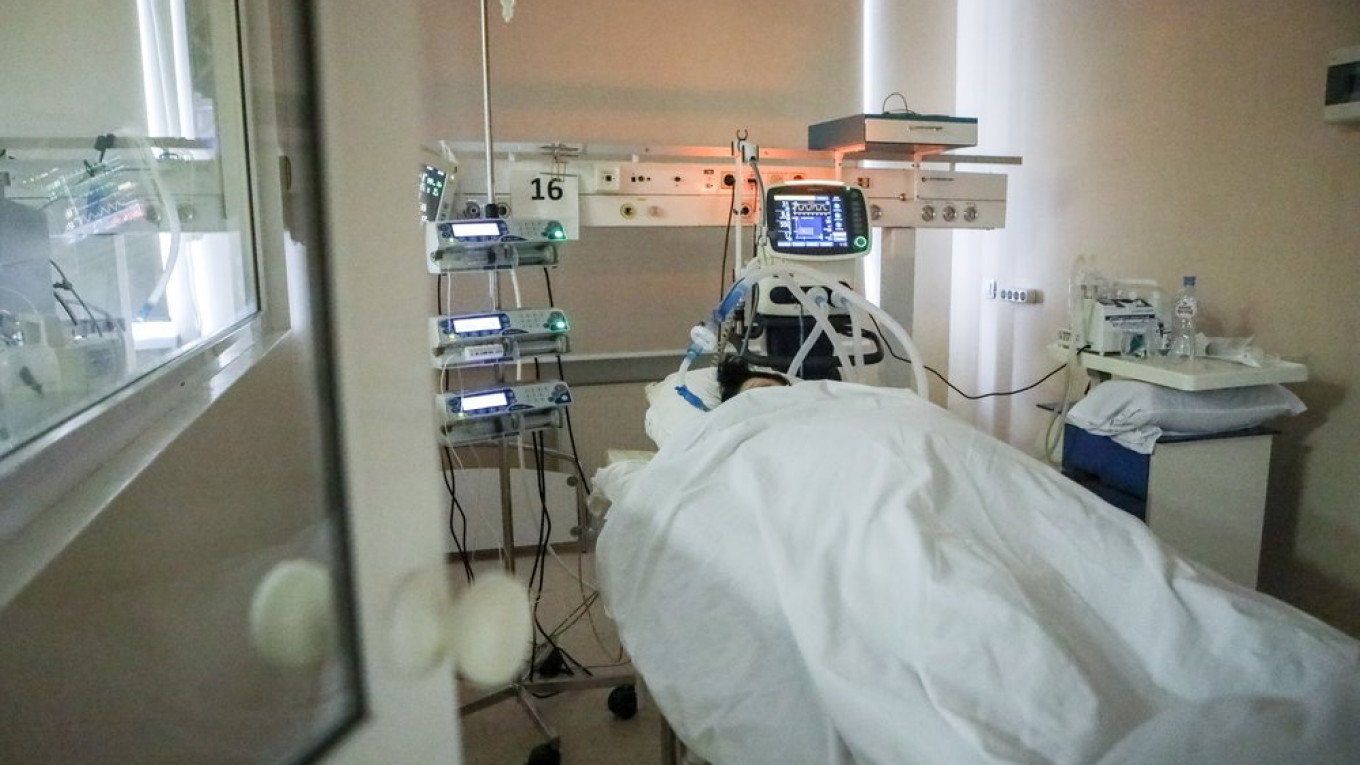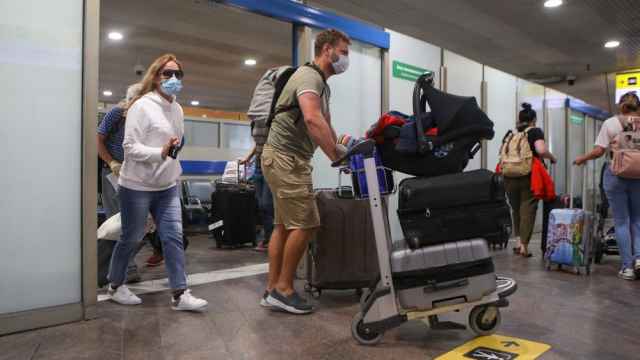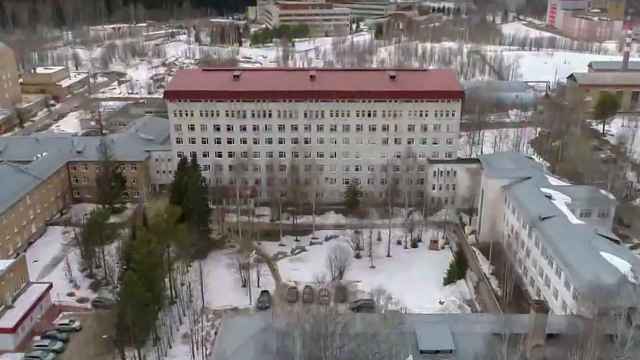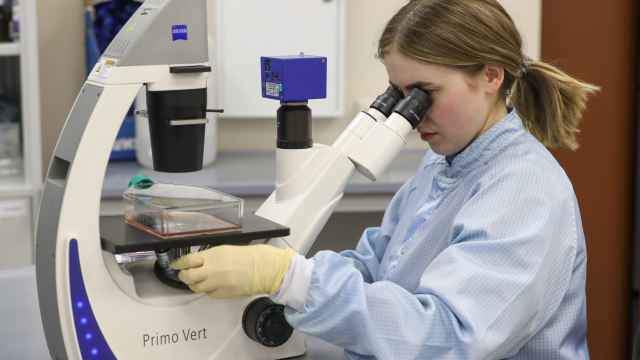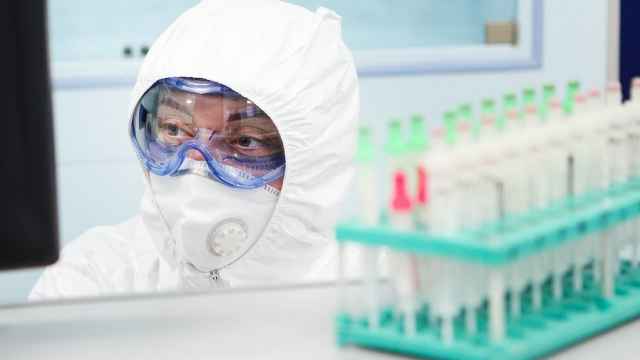Almost 60% more people in Moscow have died in May than the city's average toll for the past three years, the city health department confirmed Wednesday as questions continue to swirl around Russia’s low coronavirus death figures.
According to the Moscow health department's figures, 15,713 people in the city died last month.
That figure is 58% higher than the average May 2017-2019 death toll of 9,914 and amounts to 5,799 excess deaths. The department said 92% of these excess deaths could be partially attributed to coronavirus and that 2,757 of the deaths were primarily caused by Covid-19.
Authorities were due to publish Russia’s definitive mortality data for April two weeks ago but have pushed back the plans. Officials explained that the data was incomplete because many Russians did not register deaths or births due to lockdowns imposed to slow the spread of the virus.
The Ekho Moskvy radio station noted that Moscow last saw a similar spike in fatalities during a 2010 heatwave that fanned wildfires and blanketed the city with smoke. Moscow’s health department had said that deaths nearly doubled in August of that year.
Kremlin spokesman Dmitry Peskov, meanwhile, defended Russia’s relatively low mortality rate despite having the world’s third-most number of Covid-19 cases as an achievement of its health system.
“Have you ever thought about the possibility of Russia's health care system being more effective?” Peskov asked in a CNN interview.
Moscow has officially reported 3,029 coronavirus deaths between March 1 and June 9, almost half of Russia’s total toll of 6,142. The Russian capital also accounts for over 40% of the country’s 485,253 coronavirus cases.
Moscow health authorities recently more than doubled the city’s April coronavirus death count after weeks of questions surrounding Russia’s death rate of around 1%, a much lower figure than in countries with similar infection numbers. They previously explained that more than 60% of deceased coronavirus patients are not counted toward its official virus death toll because they died of other underlying causes.
The latest numbers come a week after Russia’s second-largest city St. Petersburg recorded 28% more deaths in May compared to its average May tally over the past decade.
Major Western outlets have faced accusations of spreading fake news after reporting that Russia’s coronavirus-related deaths could be 70% higher than officially confirmed.
This story has been updated with the Moscow health department's confirmed May death count.
A Message from The Moscow Times:
Dear readers,
We are facing unprecedented challenges. Russia's Prosecutor General's Office has designated The Moscow Times as an "undesirable" organization, criminalizing our work and putting our staff at risk of prosecution. This follows our earlier unjust labeling as a "foreign agent."
These actions are direct attempts to silence independent journalism in Russia. The authorities claim our work "discredits the decisions of the Russian leadership." We see things differently: we strive to provide accurate, unbiased reporting on Russia.
We, the journalists of The Moscow Times, refuse to be silenced. But to continue our work, we need your help.
Your support, no matter how small, makes a world of difference. If you can, please support us monthly starting from just $2. It's quick to set up, and every contribution makes a significant impact.
By supporting The Moscow Times, you're defending open, independent journalism in the face of repression. Thank you for standing with us.
Remind me later.


